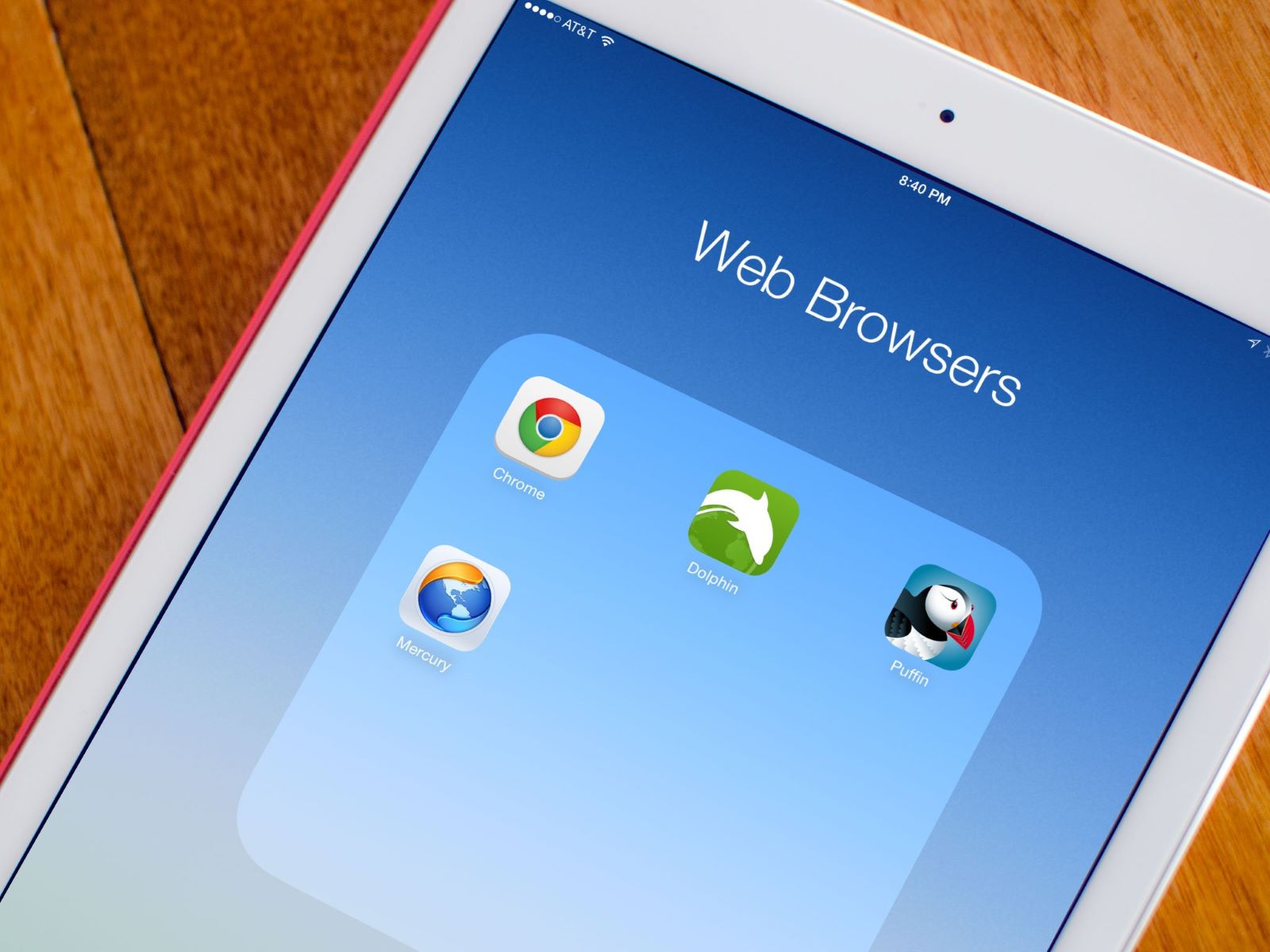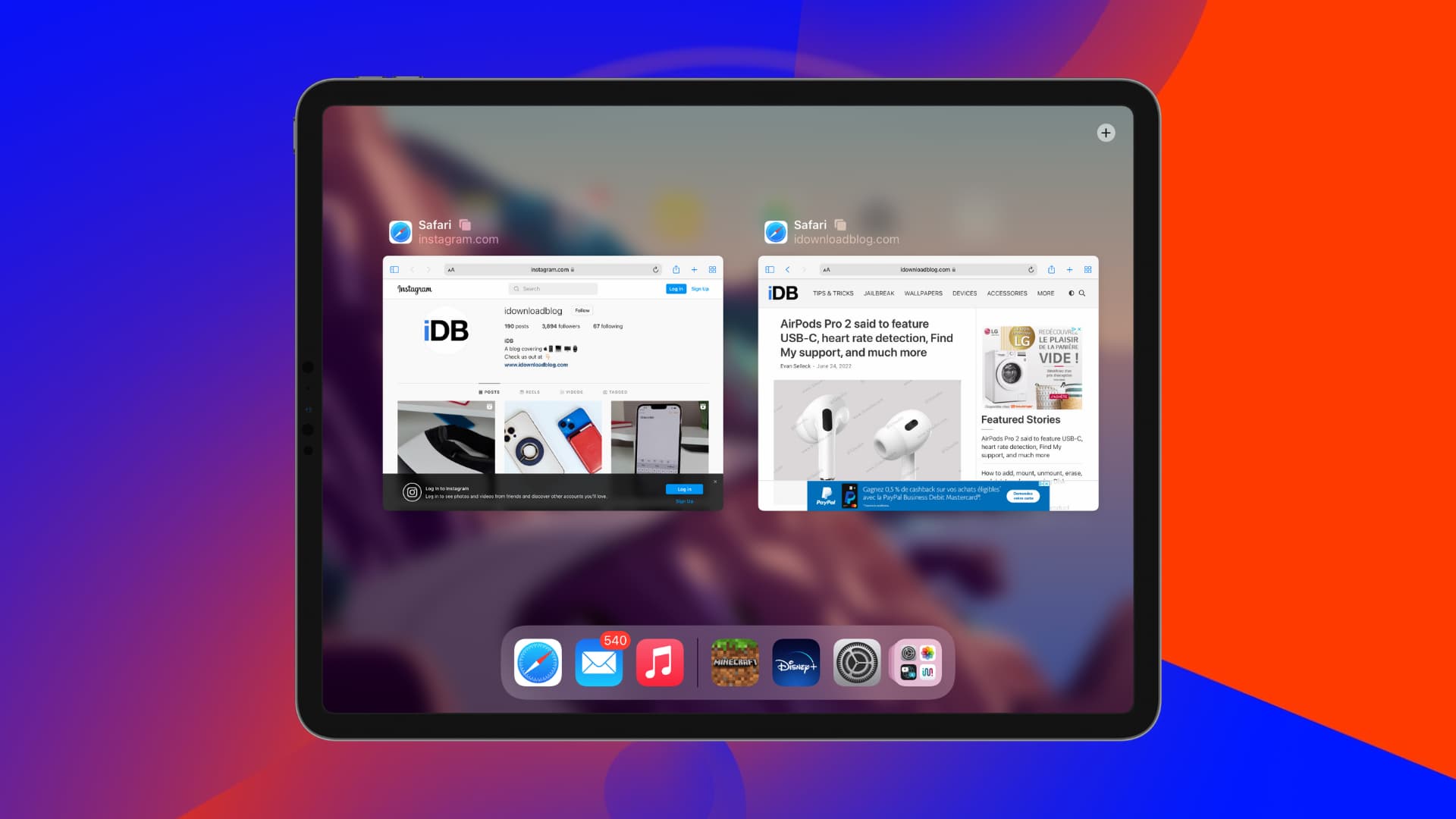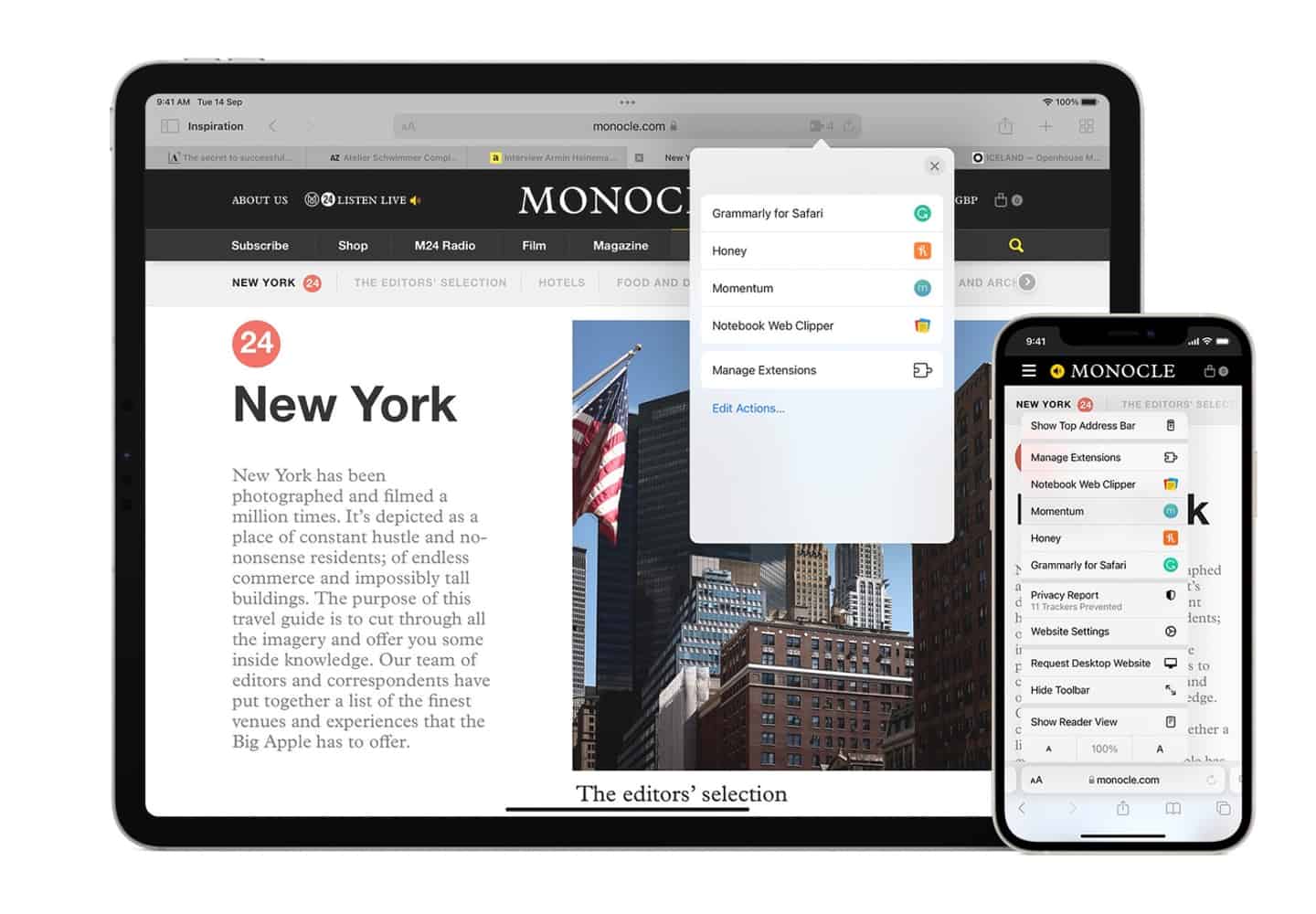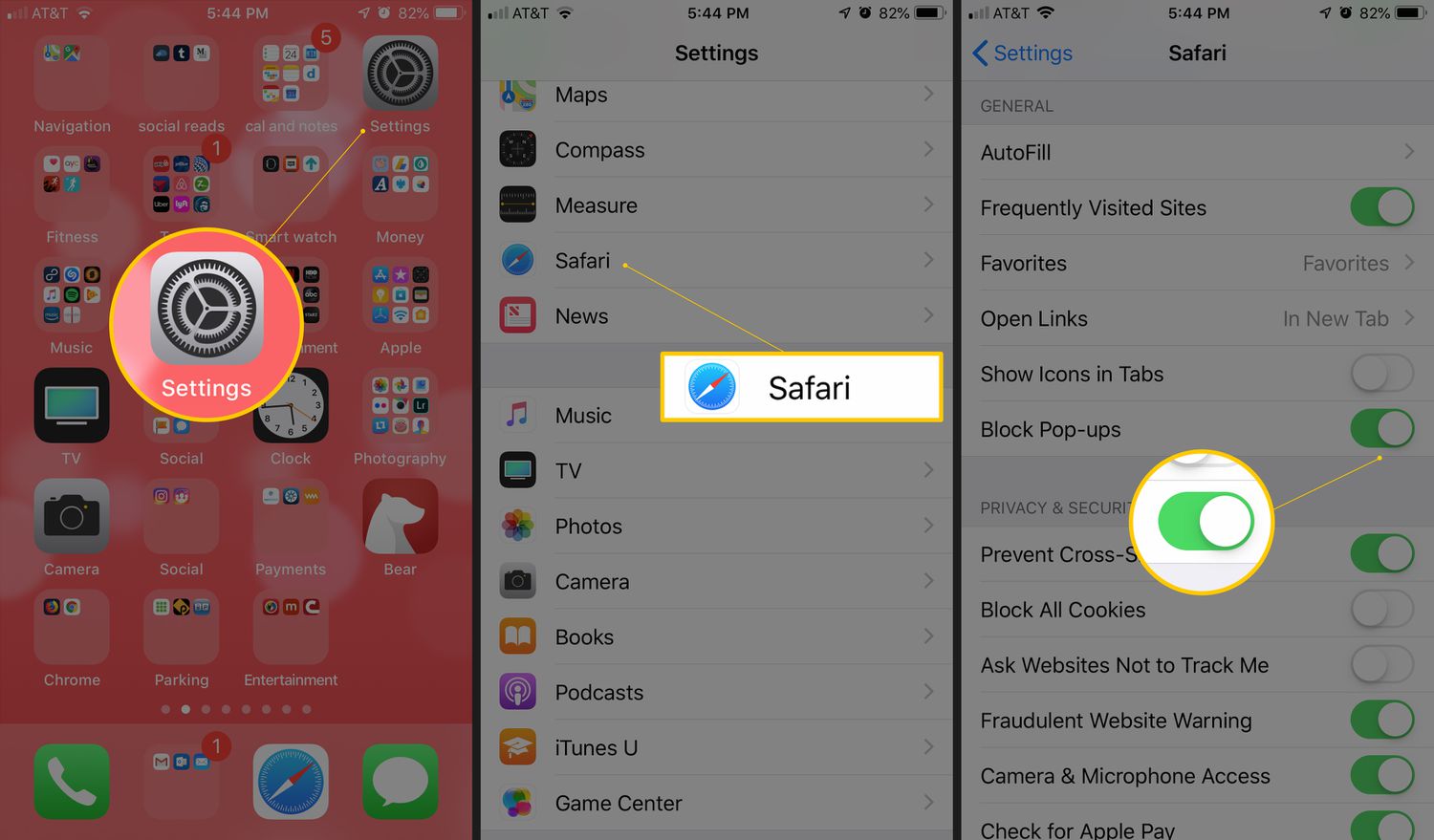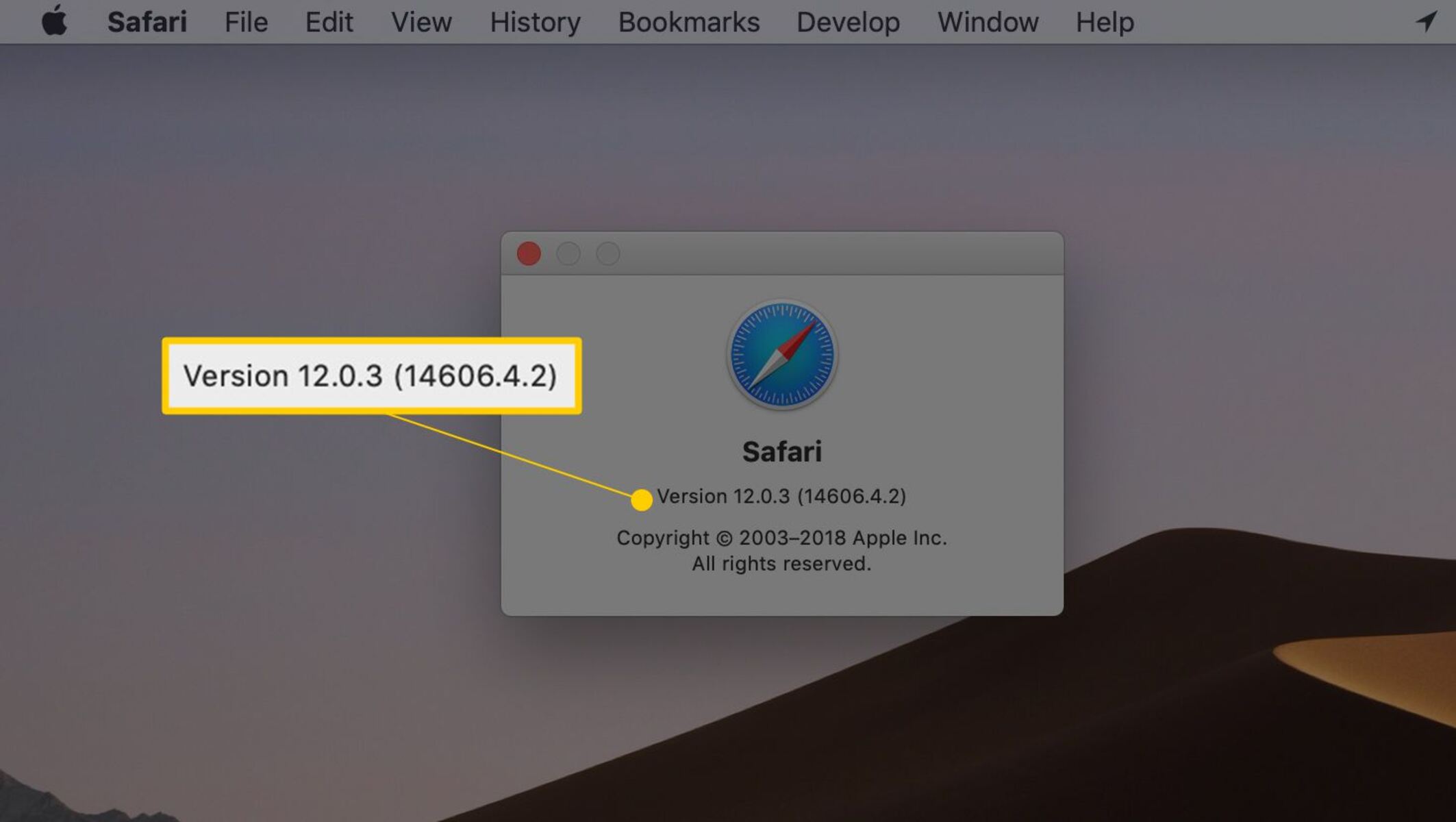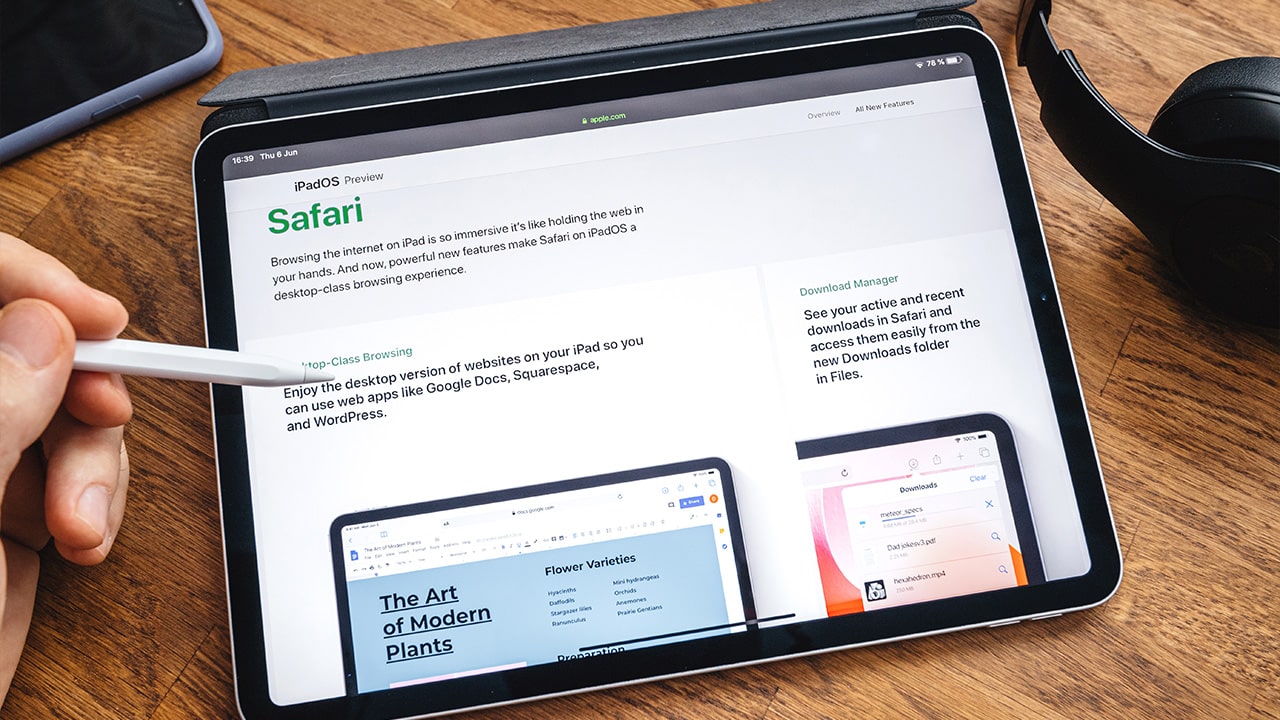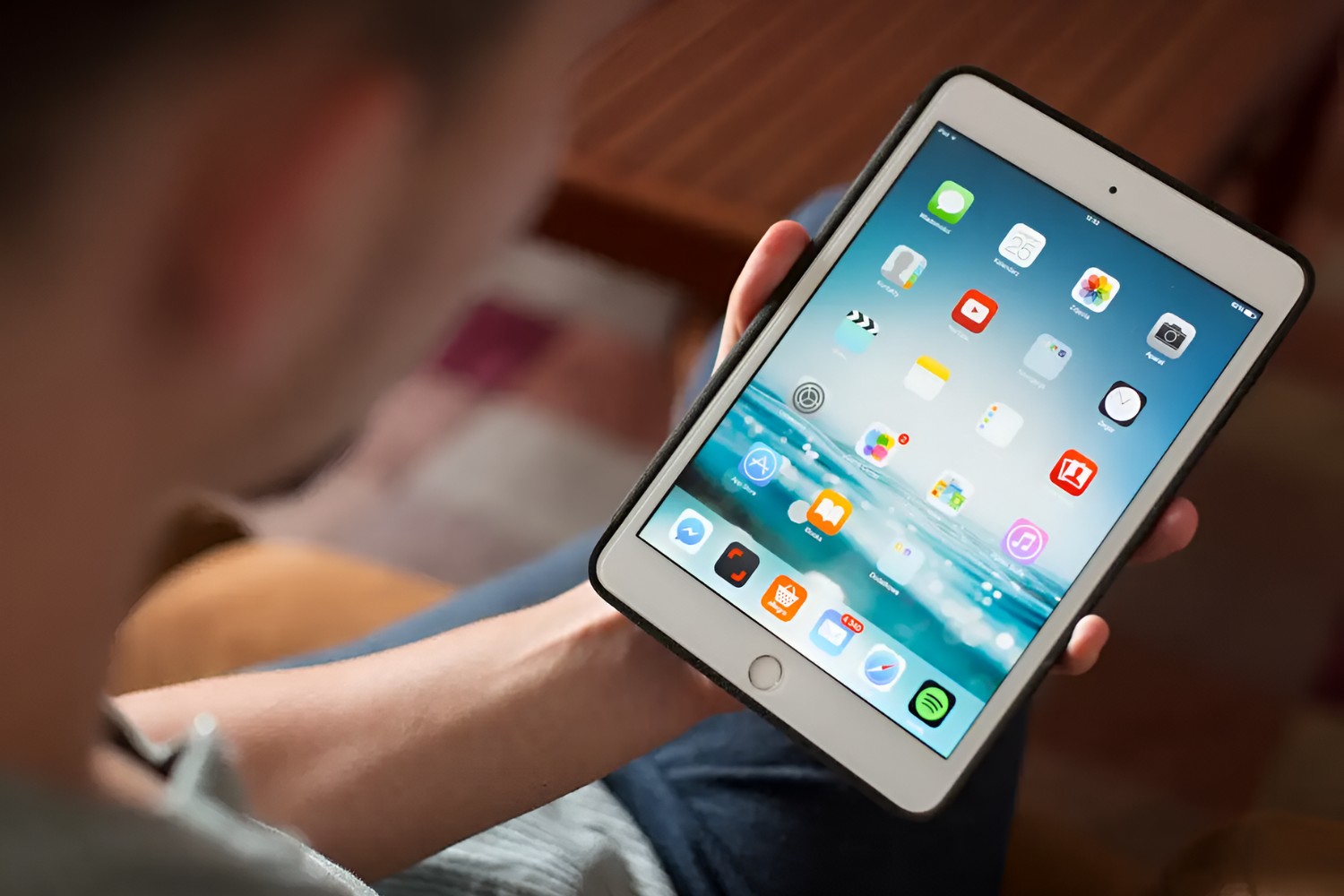Why Should I Update My Browser?
Keeping your browser up to date is essential for a smooth and secure web browsing experience. Whether you are using Safari, Google Chrome, Firefox, or Microsoft Edge on your iPad, updating your browser ensures that you can take advantage of the latest features, improvements, and security enhancements. Here are some key reasons why you should regularly update your browser:
- Better Performance: Browser updates often come with optimizations and bug fixes that can significantly improve its speed and responsiveness. By updating your browser, you can enjoy a smoother browsing experience, faster page loading times, and reduced crashes.
- Enhanced Security: Cyber threats and online vulnerabilities are constantly evolving, and outdated browsers are more susceptible to these risks. Browser updates often include important security patches that protect you from malware, phishing attacks, and other online threats. By keeping your browser up to date, you can surf the web with greater confidence and reduce the risk of your personal information being compromised.
- Compatibility: Websites and web applications are continuously updated to meet new industry standards and technologies. Outdated browsers may have compatibility issues that prevent them from displaying web content correctly or accessing certain features. By updating your browser, you can ensure seamless compatibility with the latest websites and web applications, and enjoy a more enjoyable online experience.
- New Features: Browser updates often introduce new features and functionalities that can enhance your browsing experience. These may include improved privacy settings, better tab management options, built-in translation tools, and more. By updating your browser, you can take advantage of these new features and make your browsing experience more efficient and enjoyable.
- Improved User Experience: Browser updates not only focus on performance and security but also on improving the overall user experience. This includes enhancements in the user interface, navigation, bookmark management, and customization options. By updating your browser, you can enjoy a modern and user-friendly browsing interface that is tailored to your needs.
Overall, updating your browser regularly is crucial for ensuring optimal performance, maximizing security, and enjoying the latest features and advancements in web browsing. So, take a few moments to check for updates and install them on your iPad to enjoy the best possible browsing experience.
Checking Your Current Browser Version
Before updating your browser, it’s important to check the current version you have installed on your iPad. Here’s how you can check the version of some popular browsers:
- Safari: Open Safari on your iPad and tap the “Settings” icon. Scroll down and tap on “Safari”. In the Safari settings menu, scroll down and tap on “About Safari”. Here you will find the version number of your Safari browser.
- Google Chrome: Open Google Chrome on your iPad and tap on the three dots in the bottom-right corner to open the menu. Tap on “Settings” and then select “About Chrome”. The version number of your Chrome browser will be displayed here.
- Firefox: Open Firefox on your iPad and tap the three horizontal lines in the bottom-right corner to open the menu. Scroll down and tap on “Settings”. In the Settings menu, scroll down and tap on “Version”. The version number of your Firefox browser will be shown here.
- Microsoft Edge: Open Microsoft Edge on your iPad and tap the three horizontal dots in the bottom-right corner to open the menu. Tap on “Settings” and then select “About Microsoft Edge”. The version number of your Edge browser will be listed here.
By checking the current version of your browser, you can determine whether an update is available and if you need to proceed with updating it on your iPad. Having the latest version installed ensures that you have access to the newest features, security enhancements, and performance improvements.
It’s important to note that the steps to check the browser version may vary slightly depending on the browser and the version you are using. If you’re unsure about how to check the version of your specific browser, refer to the official documentation or support resources provided by the browser’s manufacturer.
Now that you know how to check your browser version, let’s explore how you can update some of the popular web browsers on your iPad.
Updating Safari Browser on iPad
Safari is the default web browser on iPad, and updating it is relatively straightforward. Follow the steps below to update Safari on your iPad:
- First, ensure that your iPad is connected to a stable internet connection.
- Open the “Settings” app on your iPad home screen.
- Scroll down and tap on “General”.
- In the General settings menu, tap on “Software Update”.
- If an update for iOS is available, tap on “Download and Install” to update your iPad’s operating system. It’s important to note that Safari updates are often bundled with iOS updates.
- If there is no iOS update available or if the Safari update is not included in the iOS update, it means that your Safari browser is already up to date.
After completing these steps, your Safari browser should be up to date and ready to use. Updating Safari ensures that you have the latest security patches, performance improvements, and compatibility enhancements. It’s important to regularly check for and install software updates on your iPad to keep your Safari browser and other apps running smoothly.
Keep in mind that the steps to update Safari may vary slightly depending on the version of the iPad’s operating system you have installed. If you encounter any issues or need further assistance, refer to the official Apple support resources or contact their customer support for specific guidance on updating Safari on your iPad.
Now that your Safari browser is up to date, let’s explore how to update other popular browsers on your iPad, such as Google Chrome, Firefox, and Microsoft Edge.
Updating Google Chrome Browser on iPad
Google Chrome is a popular web browser that offers a seamless browsing experience on iPad. To ensure that you have the latest version of Google Chrome installed, follow the steps below to update it:
- Launch the “App Store” app on your iPad’s home screen.
- Tap on the “Updates” tab at the bottom-right corner of the screen.
- Scroll down until you find the “Google Chrome” app.
- If an update is available for Google Chrome, you will see the “Update” button next to the app. Tap on “Update” to install the latest version.
- If there is no “Update” button next to Google Chrome, it means that your browser is already up to date.
By updating Google Chrome, you can take advantage of new features, security updates, and performance improvements. It’s important to regularly update your browser to ensure a smooth and secure browsing experience.
If you have automatic app updates enabled on your iPad, Google Chrome will be updated automatically once a new version is released. However, it’s a good practice to manually check for updates regularly to ensure that you have the latest version installed.
If you encounter any issues during the update process or need further assistance, you can refer to Google’s official support resources or contact their customer support for specific guidance on updating Google Chrome on your iPad.
Now that you have updated Google Chrome, let’s move on to updating another popular browser, Firefox, on your iPad.
Updating Firefox Browser on iPad
Firefox is a popular web browser known for its privacy features and customization options. To keep your Firefox browser up to date on your iPad, follow the steps below:
- Launch the “App Store” app on your iPad’s home screen.
- Tap on the “Updates” tab located at the bottom-right corner of the screen.
- Scroll down until you locate the “Firefox” app.
- If there is an available update for Firefox, you will see the “Update” button next to the app. Tap on “Update” to install the latest version.
- If the “Update” button is not present next to Firefox, it means that your browser is already up to date.
Updating your Firefox browser ensures that you have the latest features, security enhancements, and bug fixes. It’s important to regularly update the browser to enjoy an optimal browsing experience and stay protected from potential security vulnerabilities.
If you have enabled automatic app updates on your iPad, Firefox will be updated automatically whenever a new version is released. However, it’s a good practice to manually check for updates periodically to ensure that you have the most recent version installed.
If you come across any difficulties during the update process or need further assistance, you can refer to Mozilla’s official support resources or contact their customer support for specific guidance on updating Firefox on your iPad.
Now that you have successfully updated Firefox, let’s proceed to the next section to explore how to update Microsoft Edge, another popular browser, on your iPad.
Updating Microsoft Edge Browser on iPad
Microsoft Edge is a popular web browser that offers a seamless browsing experience on iPad. To ensure that you have the latest version of Microsoft Edge installed, follow the steps below to update it:
- Open the “App Store” app on your iPad’s home screen.
- Tap on the “Updates” tab located at the bottom-right corner of the screen.
- Scroll down until you find the “Microsoft Edge” app.
- If an update is available for Microsoft Edge, you will see the “Update” button next to the app. Tap on “Update” to install the latest version.
- If there is no “Update” button next to Microsoft Edge, it means that your browser is already up to date.
By updating Microsoft Edge, you can benefit from the latest features, security enhancements, and performance improvements. Updating your browser regularly ensures a smooth and secure browsing experience on your iPad.
If you have enabled automatic app updates on your iPad, Microsoft Edge will be updated automatically whenever a new version is released. However, it’s always a good idea to manually check for updates periodically to ensure that you have the most recent version installed.
If you encounter any difficulties during the update process or need further assistance, you can refer to Microsoft’s official support resources or contact their customer support for specific guidance on updating Microsoft Edge on your iPad.
Now that you have updated Microsoft Edge, you are ready to browse the web using the latest version of the browser. If you encounter any issues or have questions regarding the browser’s features, don’t hesitate to explore the built-in help documentation or online resources provided by Microsoft.
Troubleshooting: Common Issues and Solutions
While updating your browser on iPad generally goes smoothly, sometimes you may encounter common issues. Here are some troubleshooting tips for resolving these issues:
- Browser not updating: If you’re having trouble updating your browser, make sure you have a stable internet connection. Sometimes a weak or unstable connection can prevent the update process. Restart your iPad and try updating again. If the issue persists, check if there are any pending iOS updates as some browser updates are bundled with the iOS updates.
- Sudden crashes or freezes: If your browser starts crashing or freezing after an update, try clearing the cache and cookies. Go to the browser settings and look for options to clear browsing data. Restart the browser and see if the issue persists. If it does, you may need to reinstall the browser and try again.
- Compatibility issues with websites: After updating, you may encounter compatibility issues with certain websites. Clearing the browser cache can often resolve this problem. Additionally, make sure that you have the latest version of any plugins or extensions installed. If the issue persists, reach out to the website’s support or try accessing the website on a different browser.
- Slow performance or high resource usage: If you notice a significant decrease in performance or high resource usage after updating, try closing unnecessary tabs or extensions. These can sometimes consume excessive resources and cause the browser to slow down. Additionally, check for any available browser updates, as new versions may include optimizations for improved performance.
- Login or password issues: If you’re experiencing trouble logging into websites or your saved passwords are not autofilling, ensure that you have enabled the necessary browser settings. Check the browser settings for options like saving passwords and autofill. If the issue continues, try manually entering the login information or resetting your passwords.
If the above troubleshooting tips do not resolve your issue, you may want to reach out to the specific browser’s official support resources or contact their customer support for further assistance. They can provide personalized guidance and solutions based on your specific problem.
Now that you are equipped with some troubleshooting techniques, you can address common browser issues and enjoy a smoother browsing experience on your iPad.
Frequently Asked Questions (FAQs) about Updating Browsers on iPad
Here are answers to some frequently asked questions about updating browsers on iPad:
-
- 1. Why should I update my browser on iPad?
Updating your browser ensures that you have the latest security patches, performance improvements, and compatibility enhancements. It also allows you to access the newest features and advancements in web browsing.
-
- 2. How do I check the version of my current browser on iPad?
To check the version of your browser, go to the settings menu of your iPad and look for the browser settings. Some browsers have an “About” section where you can find the version number.
-
- 3. How can I update Safari on iPad?
To update Safari on iPad, go to the “Settings” app, tap on “General”, and then select “Software Update”. If an update for iOS is available, install it, as Safari updates are often bundled with iOS updates.
-
- 4. How can I update Google Chrome on iPad?
To update Google Chrome on iPad, open the “App Store” app, go to the “Updates” tab, and look for the “Google Chrome” app. If an update is available, tap on “Update” to install the latest version.
-
- 5. How can I update Firefox on iPad?
To update Firefox on iPad, open the “App Store” app, go to the “Updates” tab, and find the “Firefox” app. If an update is available, tap on “Update” to install the latest version.
-
- 6. How can I update Microsoft Edge on iPad?
To update Microsoft Edge on iPad, open the “App Store” app, go to the “Updates” tab, and locate the “Microsoft Edge” app. If an update is available, tap on “Update” to install the latest version.
-
- 7. Can I set my browser to update automatically on iPad?
Yes, you can enable automatic app updates on your iPad, including browser updates. This ensures that your browser is always up to date without manual intervention. To do this, go to the “Settings” app, select “App Store”, and toggle on the “Updates” option under “Automatic Downloads”.
-
- 8. What should I do if my browser update fails or encounters errors?
If a browser update fails or encounters errors, check your internet connection, restart your iPad, and try again. If the problem persists, you may need to uninstall and reinstall the browser or contact the browser’s official support for further assistance.
If you have additional questions or encounter specific issues while updating browsers on your iPad, it’s recommended to refer to the official documentation provided by the browser’s manufacturer or reach out to their customer support for personalized guidance.
Now that you have answers to some common questions about updating browsers on iPad, you can confidently keep your browser up to date and enjoy a seamless browsing experience.







